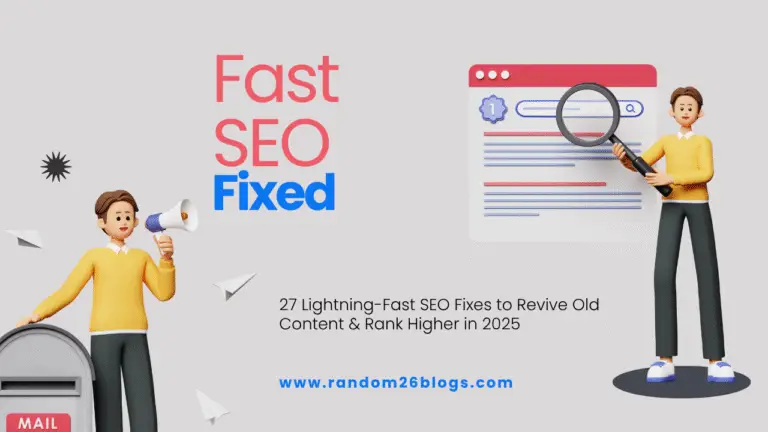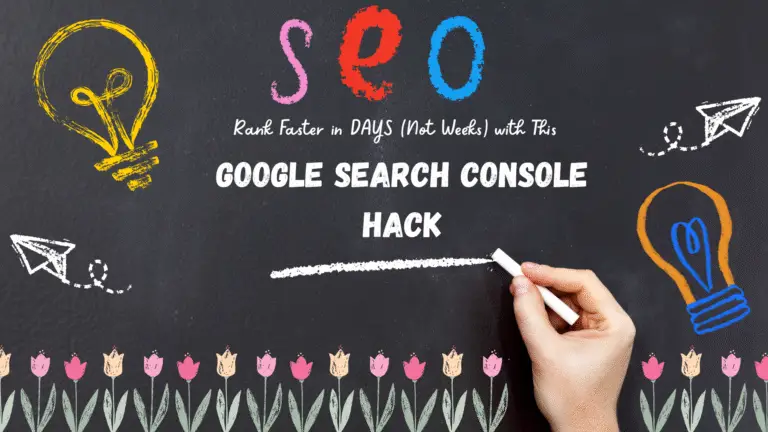
Table of Contents
ChatGPT has transformed content creation, making it easier for writers to produce high-quality, SEO-friendly articles. Whether you’re a beginner or an experienced blogger, AI can help enhance efficiency and optimize content for engagement and search rankings. In this guide, we explore how to write compelling articles with ChatGPT using the best free prompts, prompt engineering techniques, content refinement strategies, and ethical considerations.
Why Use ChatGPT for Article Writing?
ChatGPT offers numerous advantages for writers and content creators. It boosts productivity by generating well-structured drafts in minutes. It enhances SEO by integrating high-ranking keywords naturally into the content. AI-powered assistance improves readability and engagement, making articles more compelling. It also helps in idea generation, providing fresh and creative content suggestions. Most importantly, ChatGPT ensures consistency in tone and structure across multiple articles, saving time and effort.
Best ChatGPT Prompts for Article Writing
Title Generation Prompt
A great title is essential for capturing readers’ attention and improving search rankings. Here’s a useful ChatGPT prompt:
“Generate a compelling, SEO-optimized blog title that includes high-ranking keywords for [niche/topic]. Ensure the title is plagiarism-free, attention-grabbing, and designed for better search engine visibility.”
Article Generation Prompt
For a well-structured and SEO-optimized article, use this prompt:
“Generate a well-structured, high-ranking, 100% plagiarism-free article on [topic]. Optimize it with naturally integrated keywords, engaging language, and an easy-to-read format. Include an introduction, H2 headings for main sections, H3 subheadings for supporting points, bullet points, and bold text where necessary.”
Step-by-Step Guide to Writing an SEO-Optimized Article
Define Your Vision: The Foundation of a Great Article
Before using ChatGPT, establish a clear roadmap for your article. Choose a specific topic rather than broad ones; for instance, instead of writing about “climate change,” narrow it down to “The Impact of Microplastics on Marine Ecosystems.” Understanding your audience is also crucial—whether they are experts or beginners will determine your language and tone. Defining the purpose of your article—whether it’s to inform, persuade, or entertain—will help shape the content effectively. Key takeaways should be outlined in advance to ensure your article provides value to readers. Finally, thorough research from credible sources strengthens the article’s credibility and accuracy.
Mastering Prompt Engineering for Maximum Impact
ChatGPT’s output quality depends on how well you structure your prompts. Being specific is essential. Instead of saying “Write about dogs,” refine your prompt to “Write a paragraph on why adopting a rescue dog benefits families with kids.” Providing context helps ChatGPT understand the topic better, leading to more relevant responses. Integrating SEO keywords into your prompts ensures the content ranks higher in search results. Clearly defining the tone and style—whether formal, conversational, humorous, or serious—guides ChatGPT to match your intended voice. Experimenting with different prompt variations can help generate fresh and unique perspectives on your topic. If needed, use follow-up prompts to refine sections of your article further.
Refining AI-Generated Content: Your Role as the Writer
ChatGPT is a powerful tool, but human creativity remains essential. Always review and edit AI-generated content to ensure accuracy and originality. Personalizing the article by adding your unique voice and insights makes it more engaging and credible. Fact-checking is crucial to avoid spreading misinformation. Enhancing readability by breaking up long paragraphs, adding bullet points, and using bold text improves user experience. To further optimize for SEO, ensure keywords are naturally integrated without disrupting the flow of the article.
Iterative Refinement: Perfecting Your Article
Writing is an evolving process. Use ChatGPT iteratively to refine content. Generate and revise sections to improve clarity and coherence. Trying different angles on a topic can make your content more engaging and comprehensive. Seeking feedback from peers or professional editors helps in identifying areas for improvement. Enhancing engagement with compelling introductions and strong call-to-action statements encourages reader interaction.
Ethical Considerations: Responsible Use of AI in Writing
Using ChatGPT responsibly ensures credibility and maintains professional integrity. Acknowledge AI assistance by transparently stating its role in content creation. Avoid plagiarism by ensuring originality through manual editing and plagiarism-checking tools. Respect copyright laws and avoid using copyrighted material without permission. If required, disclose AI usage on platforms that mandate transparency.
Advanced SEO Strategies for AI-Generated Content
To maximize search engine rankings, use long-tail keywords that align with user search intent. Optimizing meta descriptions with compelling summaries increases click-through rates. Internal and external linking enhances credibility and improves user experience. Ensuring mobile responsiveness makes content accessible across devices. Optimizing images and reducing unnecessary elements improve page speed and search rankings.
The Future of AI-Assisted Writing
ChatGPT has revolutionized article writing by streamlining content creation and optimizing for SEO. However, AI should complement human creativity rather than replace it. Mastering prompt engineering, refining AI-generated drafts, and maintaining ethical standards ensure high-quality, engaging, and search-friendly content. Embracing AI as a writing assistant while preserving originality and personal voice will help writers stay ahead in the digital landscape.






